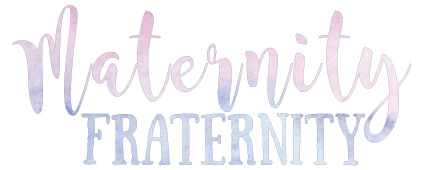Okay, that title may be a little misleading– This isn’t really a “How To” guide because there is no perfect way to teach every single kid anything. If there was, I would be a millionaire by now. This article is more of a general guideline based on my experiences as an Asian-American than a step-by-step tutorial. I wanted to share my insights based on a few conversations I had these past few weeks with the rise of Asian hate crimes due to COVID and the more recent news about Seuss Enterprises no longer printing six books that included themes of “orientalism”.
What is Anti-Racism?
Let’s first get on the same page about what I’m talking about when I say “Anti-Racism”. The official definition is:
a belief or practice that recognizes pervasive racism in society, and actively combats racial prejudice and discrimination in order to promote racial justice and equality:
Most people are proud if they are not racist, but antiracism establishes a higher bar—what are you doing to dismantle racism? (from Dictionary.com)
Even in today’s divisive climate, I believe that the majority of us are not racist. We want society to treat everyone equally. The difference between not being racist and being anti-racist is the effort we put in to change the way we think about that future. Is that future something that we will hopefully, eventually get to? Or is that future something that we actively have to try to pursue?
If you choose the former, then the first way to be actively engaged is to challenge your existing perceptions and widen your exposure to other cultures.
Disclaimer: In this post, I’m going to be talking about being anti-racist in regards to Asians– East Asians specifically. I don’t have any experience other than being Chinese-American, so I can’t speak for the experiences of South Asians, Pacific Islanders, or any other minority group. The overarching theme of being anti-racist can be applied to any minority group though and I encourage everyone learn how to be an ally and donate/support POC organizations, businesses, and creatives. Just because there is a rise in Asian hate crimes currently doesn’t diminish another minority group’s struggle.
A Tale of Two Teaching Moments
It was late at night, the kids were finally in bed and my husband and I were about to put on the latest episode of WandaVision. My phone buzzes and I see that I got a DM from a childhood friend that I hadn’t talked to in a long time. Intrigued, I opened it and read:
Hi! I hope you and your family are doing well! I was watching a show and they were using chop sticks. [My daughter] asked me what they were and how to use them. I had a pair from sushi and I showed her. She thought it was so cool. Thank you to you and your family for teaching me how to use chop sticks at such a young age. What a cool thing you taught me, that I never realized until now 🙂
Fast forward a few days later after Seuss Enterprises made their announcement. A friend was wondering why society keeps erasing history instead of using it as a teaching moment. She sent me this message:
I wanted to share with you a story from one time reading To Think I Saw It On Mulberry Street with [my daughter]. We were reading and came to the page where there is a boy with chopsticks. When I read this to [my daughter] she stated: “Hey that boy has chopsticks just like we do! You eat with them sometimes mommy!”
We then had a small very informative lesson about Chinese food and culture that I am very thankful for knowing about. I explained to her some of the foods and very interesting traditions I learned about from you and through knowing your family. I used the moment she picked up on the imagery to share some culture with her so she could appreciate it.
First, how amazing is it to think about all the small impacts we have on each other throughout our lives? It was a great reminder to me to always try to impact someone else’s life in a positive way.






